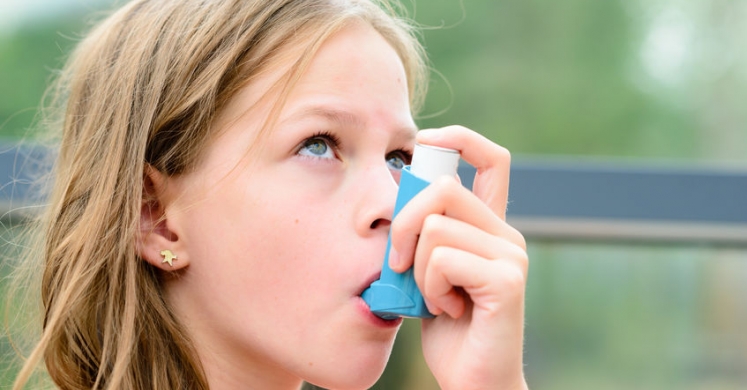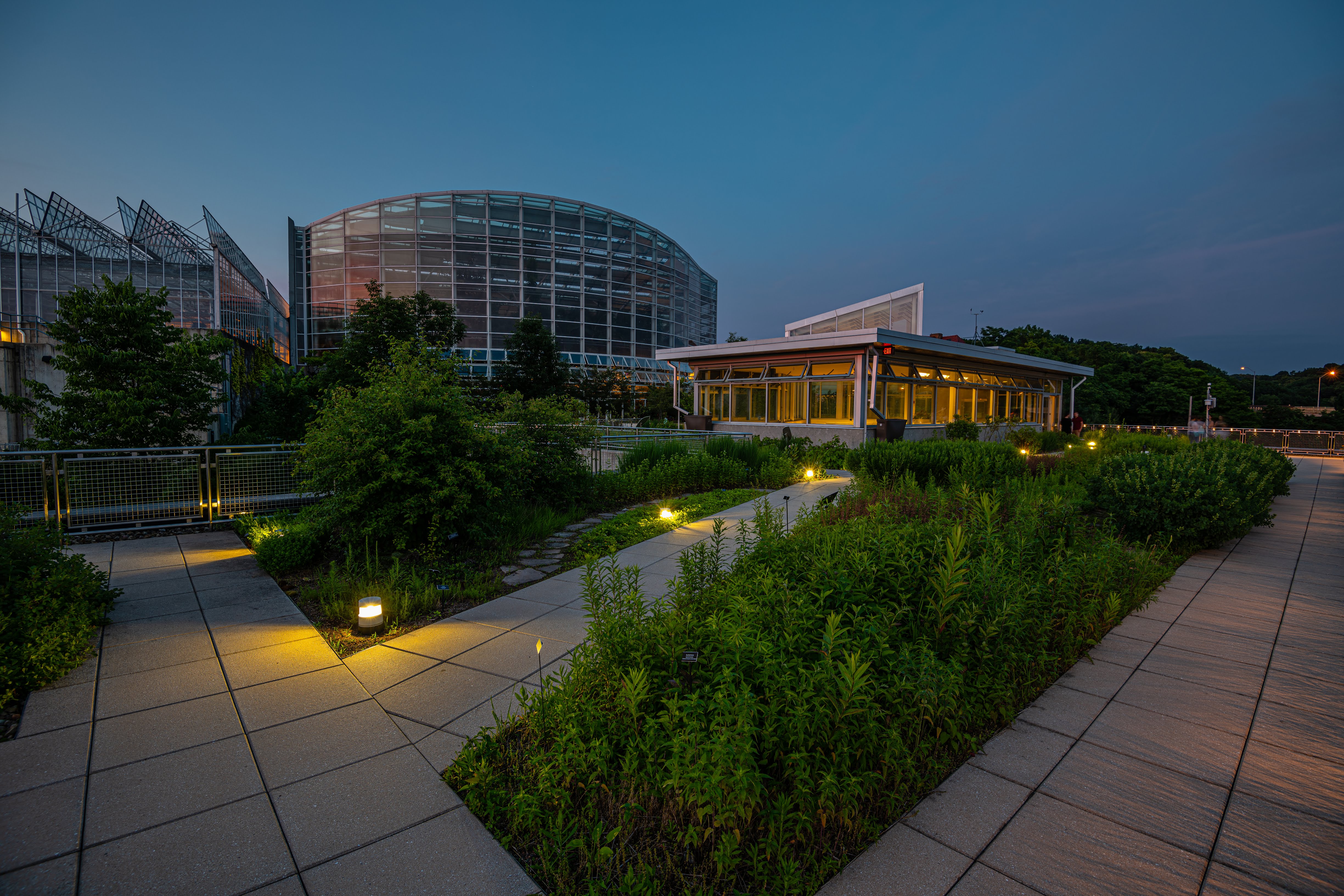Blog

Breathing in the ‘Burgh, Part II: How Does Air Pollution Harm Us?
Pittsburgh struggles with air quality, having ranked 10th worst out for daily measure of fine particulate pollution by the American Lung Association in 2019, and we regularly note air quality warnings during weather broadcasts and see reports of air quality in the news. We even have a local organization, the Breathe Project, which is dedicated to helping the public understand the quality of the air we breathe, engage and take action. What do all of the metrics they discuss even mean? And is there anything we can do to help our internationally-recognized awesome city and the environment around it? Explore in our new multi-part series!
Last week, we talked about air quality When it comes to air pollution, the type of pollution will determine the exact harm, but generally speaking, pollution can cause respiratory issues, skin conditions, an increased risk of heart attack, and some other more severe concerns. Notably, Pittsburgh’s rate of childhood asthma is twice national average, and children living in underserved communities are disproportionately impacted because they tend to live closer to pollution sources. In addition, low birth weight and birth deformities are linked to exposure to toxic air.

Phipps Wellness and Sustainability Specialist Meghan Scanlon oversees the quality of the work environment here at Phipps, and she spends a significant portion of her time looking at air quality and possible solutions in the area.
“I notice industrial smells on days with temperature inversions, which trap pollutants low to the ground,” she notes. “I notice a burning sensation in my lungs on days with poor air dispersion, making it uncomfortable to be outside.”
This is also just the effect on humans. Air pollution is similarly detrimental to the health of wildlife, plus water sources and soil as pollutants fall back to the ground are caught up in the water cycle, which in turn negatively impacts even broader facets of habitats.
Pittsburgh has made improvements to its air quality from the industrial days of its past — there was a time when street lights coming on at midday because of the airborne soot, for example — but a long road remains ahead of us. For more on the public health impact of air pollution, check out the Breathe Project’s 10 Health Facts You Need to Know, which provide a thorough overview of the problem as it stands. It’s scary stuff — but what can we actually do about it? Find out in our third and final installment!

